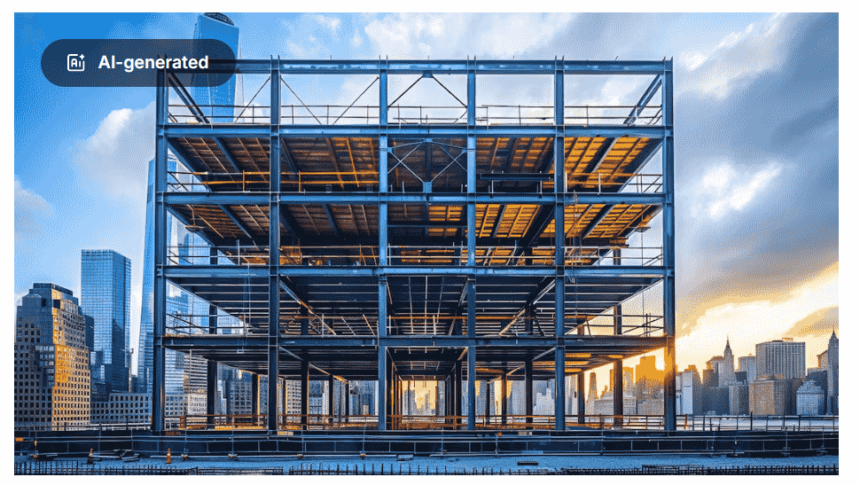In the modern construction industry, the choice of building materials and methods can significantly impact both the functionality and cost of a project. Among the prominent options are metal buildings, hybrid steel buildings, and considerations related to steel building prices. Each of these has distinct advantages and implications that can influence the outcome of your construction project.
Advantages of Metal Buildings
Metal buildings are a popular choice for various applications, including commercial, industrial, and residential uses. One of the most significant benefits of metal buildings is their durability. Constructed from high-quality steel, these buildings are resistant to adverse weather conditions, fire, and pests. This robustness ensures that metal buildings have a long lifespan and require minimal maintenance, making them a cost-effective option over time.
Another advantage is the versatility of metal buildings. They can be customized to fit a wide range of uses and architectural styles. Whether you need a large warehouse, an office space, or even a residential home, metal buildings can be designed to meet specific requirements and preferences. This flexibility allows for innovative designs and efficient use of space.
The construction speed of metal buildings is also noteworthy. Since components are prefabricated in a factory setting, the assembly process on-site is quicker compared to traditional construction methods. This not only reduces labor costs but also accelerates the project timeline, allowing for faster occupancy and use of the building.
Exploring Hybrid Steel Buildings
Hybrid steel buildings represent a blend of traditional construction methods and modern steel technology. This approach combines the strengths of steel with other materials, such as concrete or wood, to create a versatile and efficient building system.
One of the primary benefits of hybrid steel buildings is their enhanced structural performance. By integrating steel with other materials, these buildings can achieve greater strength and flexibility. For instance, using steel for the frame and concrete for the walls can provide a combination of durability and thermal efficiency. This hybrid approach allows for innovative designs and the ability to meet specific engineering requirements.
Hybrid steel buildings also offer improved sustainability. The use of steel, a highly recyclable material, combined with other eco-friendly materials, can reduce the overall environmental impact of the construction. This makes hybrid steel buildings an attractive option for projects with sustainability goals.
Understanding Steel Building Prices
When considering steel building prices, several factors come into play. The overall cost is influenced by the size of the building, design complexity, and the quality of materials used. Additionally, the cost of steel itself, along with labor and any custom features, impacts steel building prices.
One advantage of steel building prices is their potential for cost savings compared to traditional construction methods. Prefabricated steel components often result in lower material and labor costs. The faster construction time associated with metal buildings can also contribute to reduced overall expenses.
However, it is essential to be aware that steel building prices can fluctuate due to market conditions. Variations in steel prices, supply chain issues, and the inclusion of specialized features can affect the final cost. Effective budgeting and careful planning are crucial to manage these variables and keep the project within budget.
Conclusion
In conclusion, metal buildings, hybrid steel buildings, and steel building prices each offer unique advantages and considerations. Metal buildings provide durability, versatility, and rapid construction. Hybrid steel buildings combine the benefits of steel with other materials for enhanced performance and sustainability. Understanding steel building prices is crucial for effective budgeting and financial planning.
By carefully evaluating these options, you can make informed decisions that align with your project’s needs and budget, ensuring a successful and efficient construction process.

